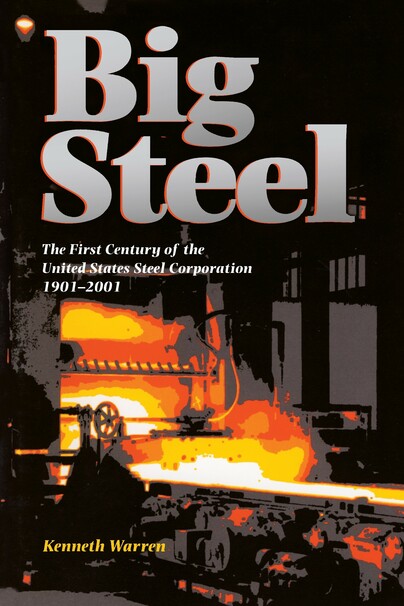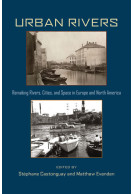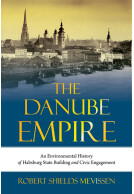Big Steel (Paperback)
The First Century of the United States Steel Corporation 1901-2001
Imprint: University of Pittsburgh Press
Pages: 424
ISBN: 9780822960027
Published: 29th February 2008
Script Academic & Professional
Pages: 424
ISBN: 9780822960027
Published: 29th February 2008
Script Academic & Professional
This book will be reprinted and your order will be released in due course.
You'll be £49.00 closer to your next £10.00 credit when you purchase Big Steel. What's this?
+£4.99 UK Delivery or free UK delivery if order is over £40
(click here for international delivery rates)
Order within the next 8 hours, 22 minutes to get your order processed the next working day!
Need a currency converter? Check XE.com for live rates
(click here for international delivery rates)
Order within the next 8 hours, 22 minutes to get your order processed the next working day!
Need a currency converter? Check XE.com for live rates
At its formation in 1901, the United States Steel Corporation was the earth\u2019s biggest industrial corporation, a wonder of the manufacturing world. Immediately it produced two thirds of America\u2019s raw steel and thirty percent of the steel made worldwide. The behemoth company would go on to support the manufacturing superstructure of practically every other industry in America. It would create and sustain the economies of many industrial communities, especially Pittsburgh, employing more than a million people over the course of the century. A hundred years later, the U.S. Steel Group of USX makes scarcely ten percent of the steel in the United States and just over one and a half percent of global output. Far from the biggest, the company is now considered the most efficient steel producer in the world. What happened between then and now, and why, is the subject of Big Steel, the first comprehensive history of the company at the center of America\u2019s twentieth-century industrial life.Granted privileged and unprecedented access to the U.S. Steel archives, Kenneth Warren has sifted through a long, complex business history to tell a compelling story. Its preeminent size was supposed to confer many advantages to U.S. Steel—economies of scale, monopolies of talent, etc. Yet in practice, many of those advantages proved illusory. Warren shows how, even in its early years, the company was out-maneuvered by smaller competitors and how, over the century, U.S. Steel\u2019s share of the industry, by every measure, steadily declined. Warren\u2019s subtle analysis of years of internal decision making reveals that the company\u2019s size and clumsy hierarchical structure made it uniquely difficult to direct and manage. He profiles the chairmen who grappled with this \u201clumbering giant,\u201d paying particular attention to those who long ago created its enduring corporate culture—Charles M. Schwab, Elbert H. Gary, and Myron C. Taylor.Warren points to the way U.S. Steel\u2019s dominating size exposed it to public scrutiny and government oversight—a cautionary force. He analyzes the ways that labor relations affected company management and strategy. And he demonstrates how U.S. Steel suffered gradually, steadily, from its paradoxical ability to make high profits while failing to keep pace with the best practices. Only after the drastic pruning late in the century—when U.S. Steel reduced its capacity by two-thirds—did the company become a world leader in steel-making efficiency, rather than merely in size. These lessons, drawn from the history of an extraordinary company, will enrich the scholarship of industry and inform the practice of business in the twenty-first century.
Other titles in University of Pittsburgh Press...















